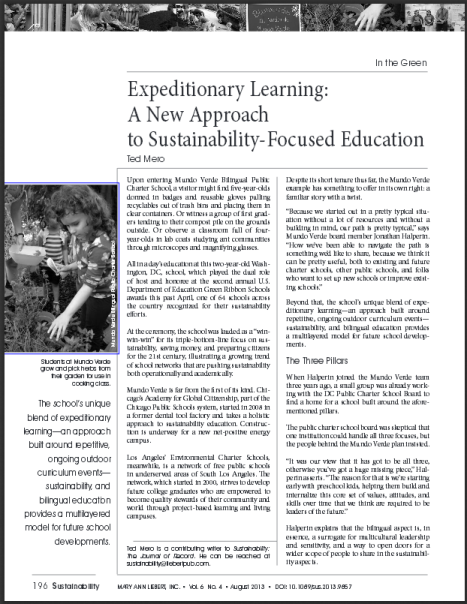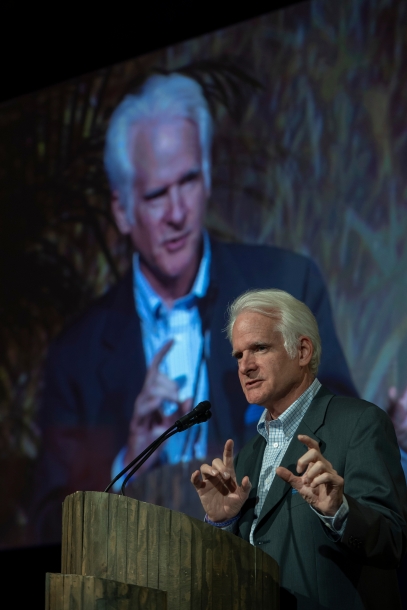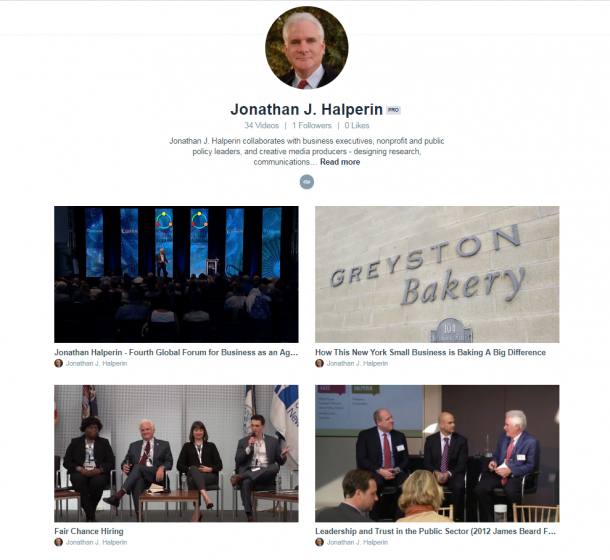You are here
Neighborhoods
As summer slowly releases its muggy grip on the nation’s capitol, I had an opportunity to talk with the Israeli ambassador to the United State, Michael Oren. With the civil war in Syria propelled to front and center, he reminded us that “it’s the neighborhood we live in.”
And how much neighborhood – where we are - matters. Long before 9/11 I worked in the World Trade Center, as we reflect today on the murder of those who perished as the towers burned and collapsed. As bells toll today to evoke memory, so too for Jewish people all over the world was the Shofar sounded last week to usher in a new year that begins with a period both of reflection and commitment.
Fortunate children walk through neighborhoods excited about the new school year, nervous about new teachers, yet faces beaming with possibility. Yet other children, who comprise fully 47% of families on food stamps in the US, face challenges that can seem insurmountable. And in many places like Hama, Maalooula and Al-Qusayr whole neighborhoods have been obliterated. 
Yet how can we be other than optimists, leaning forward, working to improve life, trying to bring hope and possibility to more and more children? My involvement with Mundo Verde, a start-up charter school in Washington, DC, reminds me of how much can be achieved when people work hard to create new, open, inclusive, and innovative communities. (For more on Mundo Verde, see Expeditionary Learning: A New Approach to Sustainability-Focused Education in the new issue of Sustainability.)
Perhaps Russia and America can eliminate chemical weapons in Syria? Perhaps the US Congress will expand rather than reduce SNAP benefits? Perhaps leaders will take heed of the forthcoming IPCC climate change report?
Perhaps what seemed inconceivable yesterday, will tomorrow appear to have been inevitable? After all, change is the only thing we can really say is guaranteed.
- jonathan.halperin's blog
- Log in or register to post comments

